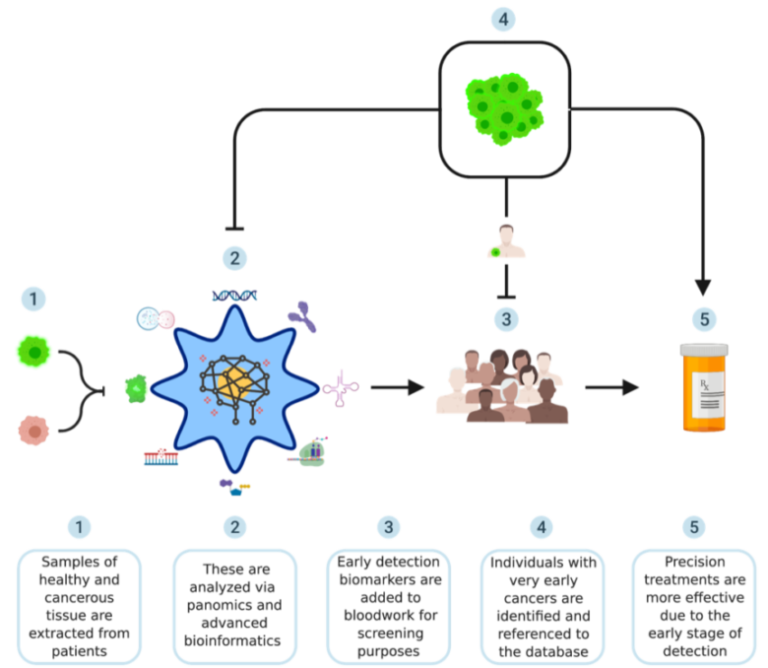Current Paradigm
Decades-old treatment methods
Patients rely on the same slash-burn-poison treatment model developed 50 years ago
Current cancer research is hostage to tradition
Drug discovery & development takes 10-12 years for approval, at a cost of $500 million to $2.6 billion
Overpromising and underdelivering
Billions of dollars are spent annually on cancer research, and 95% of drugs that are developed fail in clinical trials.
Cancer is evolving, our approach should too
Dr. Azra Raza envisioned the center with the goal of improving early cancer detection and treatment. The First Cell Center aims to challenge and replace the current ineffective and costly paradigm.
A new kind of cancer research center
We are a group of dedicated clinicians and scientists on a mission to improve the state of cancer care. We believe that the only way forward is to focus on prevention and early detection, to find the first malignant cell instead of aimlessly attacking late-stage disease.
By following and carefully studying the natural history of MDS through serial blood and tissue samples and notating the changes that mark its evolution to AML, we can develop preventative strategies by targeting earlier and earlier stages of the disease.
In the pursuit of this goal, Dr. Azra Raza has already collected over 60,000 blood and tissue samples from her patients over 35 years, including samples from various time points on the same patient as their disease progressed from a pre-leukemia stage to frank acute leukemia. These samples hold the key to unlocking new early detection strategies.
5-Year Research Plan
-
- Identify proteomics, metabolomics and germline markers
- Build data clouds for each patient through serial samples
- Microfluidic devices for early detection of biomarkers
-
- Transcriptomics
- Peptide development
- Collection and storage of peripheral blood (cells/serum) and buccal cells on aged normal individuals so that we have our own aged-matched well-characterized sample set for validations by year 5
-
- Microbiome study
- Imaging with tumor specific peptides
-
- Assimilation of Pan-Omics
- Identify best analytes and genomic signatures
-
- Start screening normal individuals and other cancers
